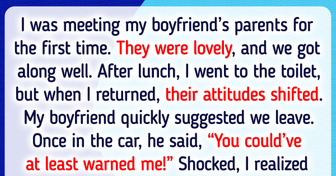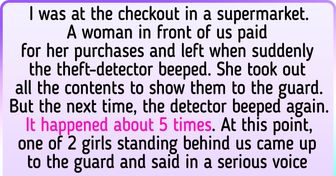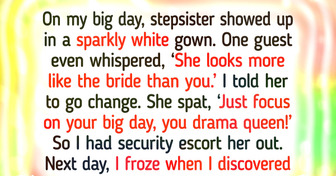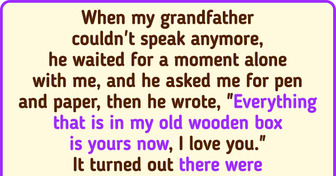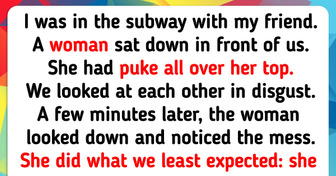16 Details of Life in the 19th Century That Would Shock Modern People

Well looky here. NASA recently posted an unusual photo online... the Sun looking like a Jack O’Lantern! The clever photo was all over the Internet. But some people wonder, what if this is some kind of dangerous sign?
Well, let’s see. Actually, this photo may remind you of a lot of things. For example, the infamous Marshmallow Man. Or that popular smiley sponge...
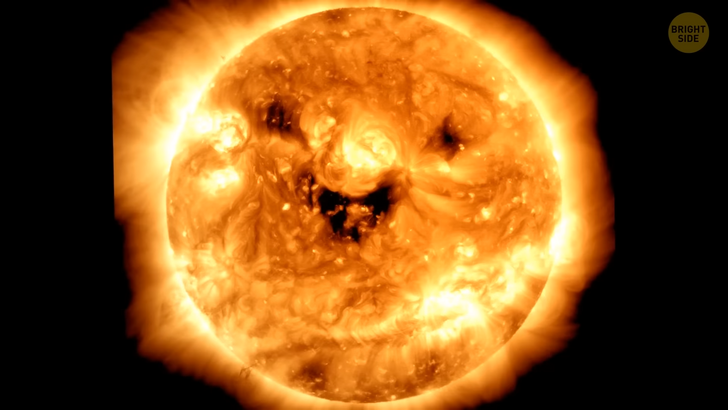
But because of the creepy smile and orange hues, most people see Jack-O’-Lanterns here. And what a coincidence — it was posted on Halloween 2022! This image was captured by NASA’s Solar Dynamics Laboratory. This observatory was established in 2010. Their main task is to study how solar activity works and affects space weather. They measure many different things: the solar atmosphere, the magnetic field, energy production... and so on.
Here’s what NASA tweeted: “Today, NASA’s Solar Dynamics Observatory caught the Sun ‘smiling.’ Seen in ultraviolet light, these dark patches on the Sun are known as coronal holes and are regions where fast solar wind gushes out into space.” But what does it all mean? Are these “coronal holes” dangerous for us? Well, let me see.
Coronal holes are colder areas of the outer layer of the Sun. The temperature of its outer layer is usually about 10,000 °F, and it’s about a hundred times less in cold zones. Yep, this is considered “very cold”. Usually, these holes form in the polar regions of the Sun. But sometimes, as exceptions, they can appear in other places — just like in our photo. But how exactly do they appear?
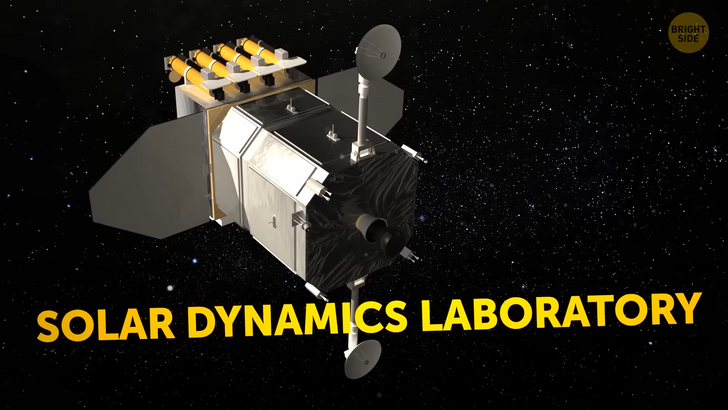
Well, it may happen when the Sun is “resting” a little. You see, magnetic fields surround the Sun like a bubble. When the activity of the Sun becomes minimal, the magnetic fields also weaken. They kinda relax, decide to take a break from work... and, of course, things go south after that. That’s when holes appear in these magnetic fields. The field breaks, and the Sun just kinda... leaks through this hole. Literally starts to flow out through it.
The density and temperature of the star are gradually falling in these areas... And that’s how the coronal hole appears. The leak itself is called “solar wind”. These winds are basically a stream of protons, electrons, and other particles traveling in space at a GREAT speed. For comparison, the speed of the most destructive hurricanes on Earth is about 150 miles per hour. Wanna guess what the speed of a normal solar flare is? About 870 thousand miles per hour! That’s 240 miles per second!
But solar winds aren’t just some boring winds. They have a very strong impact on space weather and even on our daily lives. They can cause storms of such magnitude that they destroy everything in their path — satellites, means of communication in the oceans, electrical networks... and so on. These beams crash into spaceships, obliterating entire parts of them.
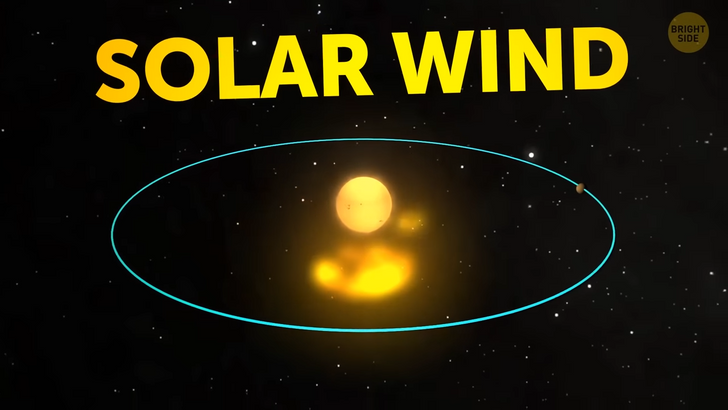
They demolish solar panels. Cause problems with electronics. They even irradiate our poor astronauts in orbit with dangerous radiation! When such a wind moves towards the Earth, it carries with it the magnetic field of the Sun. Flying towards us at a tremendous speed, the wind eventually crashes into the Earth’s magnetic field. This impact leads to turbulence.
Solar wind particles penetrate our atmosphere... And when television and radio signals pick them up, all this causes some serious interruptions on Earth. So yeah, because of all this horror, NASA scientists have to come up with different ways to protect not only their equipment but also people. Although even such monstrous outbursts have their pluses. For example, they’re the ones responsible for our beautiful and majestic northern lights.
One of the most significant solar storms in the history of human mammals was the Carrington event. It’s also sometimes called a “solar superstorm”. This happened in 1859. Numerous spots and flashes on the surface of the Sun were observed for several days: from August 28 to September 2. The biggest outbreak occurred on September 1. It was observed by British astronomer Richard Carrington. As you may have guessed, the event was named after him later.
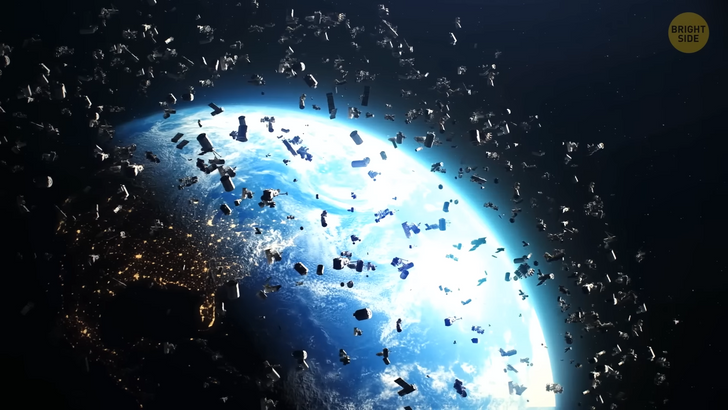
It was a giant coronal mass ejection. It rushed to the Earth and reached it in 18 hours. Usually, solar winds travel this distance in 3–4 days, so this flash was incredibly fast! All because the previous winds cleared their way. Lucky guy. Then, during September 1-2, the largest geomagnetic storm in our history passed through the world. The newfangled telephone systems failed across Europe and North America.
Telegraph stations broke out with many fires. It was downright disastrous! Yeah... But at least people all over the world could watch some beautiful northern lights. They were visible even over the Caribbean and other tropical regions! And fun fact: over the Rocky Mountains, these lights were so bright that they woke up local gold miners. The miners started preparing breakfast because they thought it was morning.
Scientists say that such large-scale events happen on Earth about once every 500 years. Perhaps the previous solar storms were even worse, but, unfortunately, we couldn’t track them back then. After the Carrington event, the strongest solar storms occurred in 1921, in the 1950s, and in 1989. They weren’t that bad, but people noticed massive failures in radio communication.
The most recent terrible solar storm was Halloween Storms. Does the Sun have a grudge against Halloween or something? It happened in 2003, and was quite unexpected. On October 26, with minimal warning, 3 groups of giant sunspots formed on the surface of the Sun. The largest of them was 13 times the size of the Earth! At the same time, 17 large solar flares occurred on the Sun.
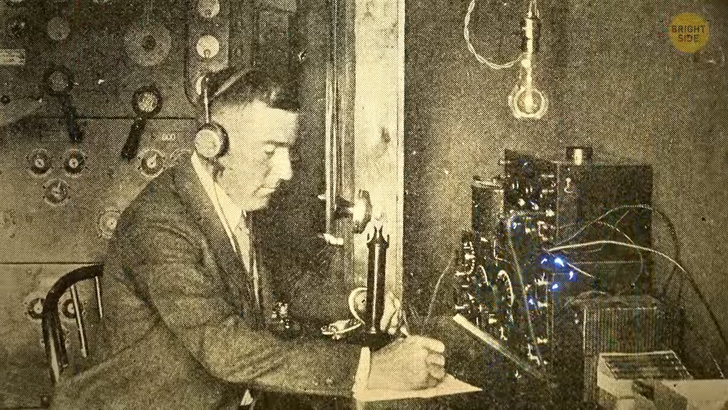
These storms damaged more than half of the spacecraft in Earth’s orbit. They even brought one Japanese scientific satellite to the point beyond repair! The storm disrupted satellite television and radio broadcasting. Several of our missions in deep space were forced to switch to safe mode or shut down altogether. And the astronauts, who were on the International Space Station at that moment, had to hide from the huge radiation.
Something like this has only happened twice in our entire history. But even all this wasn’t enough for this storm! It also forced NASA’s Mars Odyssey mission to stop. This mission was dedicated to studying the radiation environment on Mars.
So, although this photo seems quite funny, there’s a rather serious and dangerous phenomenon behind it. So what now? Should we be preparing for another disastrous event? Well, according to some scientists... Yeah! Of course, the probability of some terrible solar storm is quite low — only a couple of percents per year. But even though we’ve been lucky so far and dodged them...
Our luck isn’t eternal, is it? Also, don’t forget that the consequences of another solar storm can be really catastrophic for us. In the 21st century, we’re very dependent on technology... Though we could ignore this stuff in the 19th century, it won’t be so easy now.
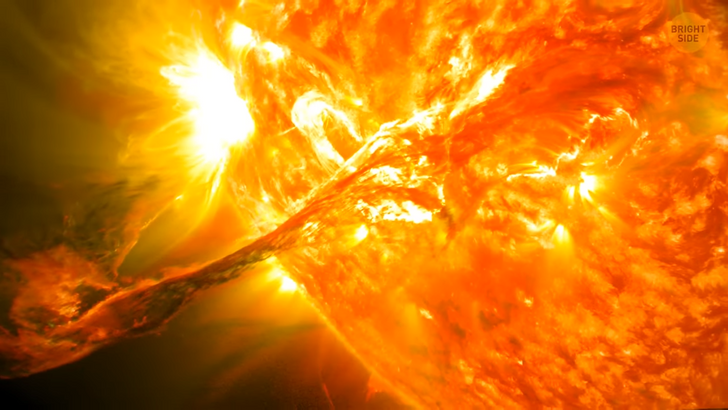
Alright, but on a serious note... You don’t have to worry about it. Why? Because now you’re going to learn the main plot twist of this story. Actually, this image isn’t new at all. NASA has been taking these types of photos since October 8, 2014!
They played a little joke on us by publishing it right before Halloween. And even the fact that the Sun has a “creepy smile” in this picture, there’s nothing to worry about. This image was taken in the ultraviolet spectrum which isn’t visible to the human eye.
Basically, we can say that it was created artificially — it’s just a mixture of two sets of extreme ultraviolet waves. So yeah, the image is real... But the colors for it were chosen by the artist who rendered it. So they could purposefully create this low-key terrifying effect.
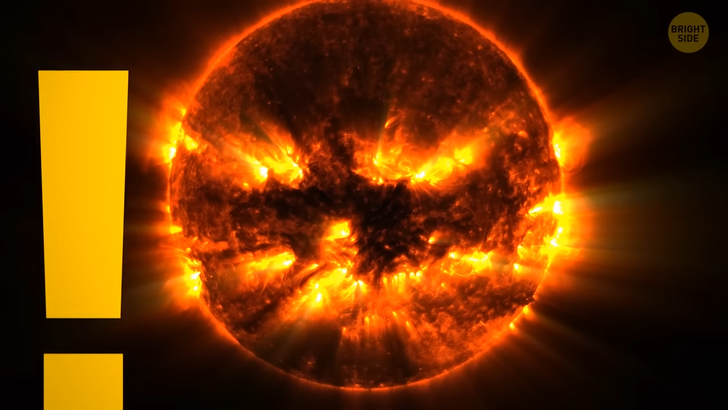
Even the fact that we see a face here is just an illusion. If we zoom in on this photo, we’ll notice that these are just random curls and waves. It’s kind of like when you see different figures and objects when you watch the clouds.
So no need to panic. There is no real threat to us. You can relax and just assume that the Sun just decided to smile at us, sending “greetings” to the Earth, which is — kinda cute.

